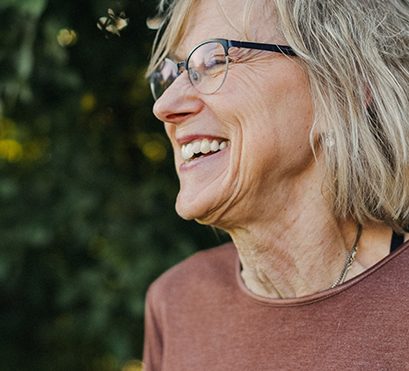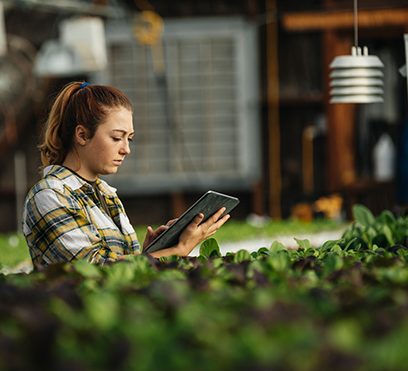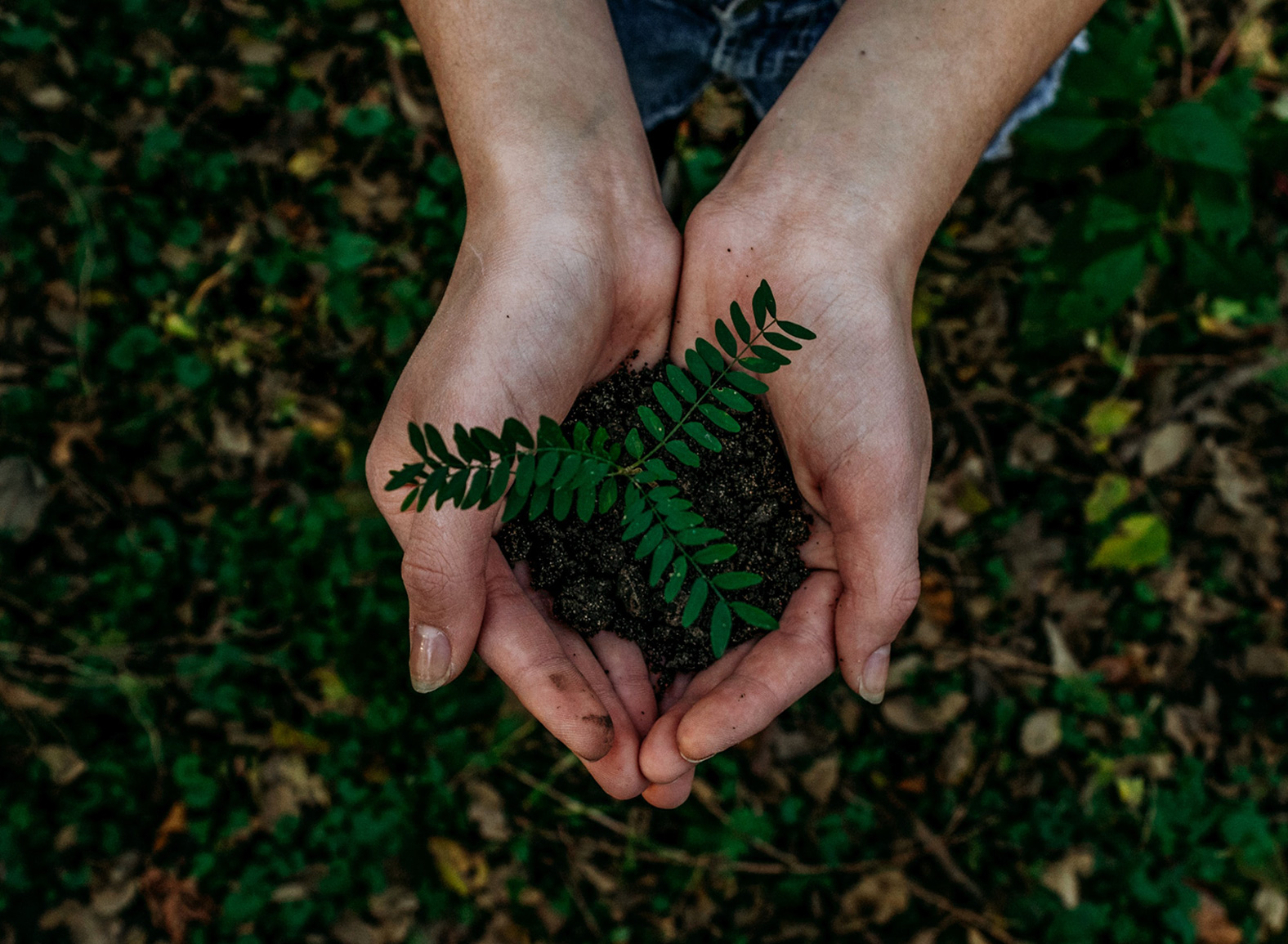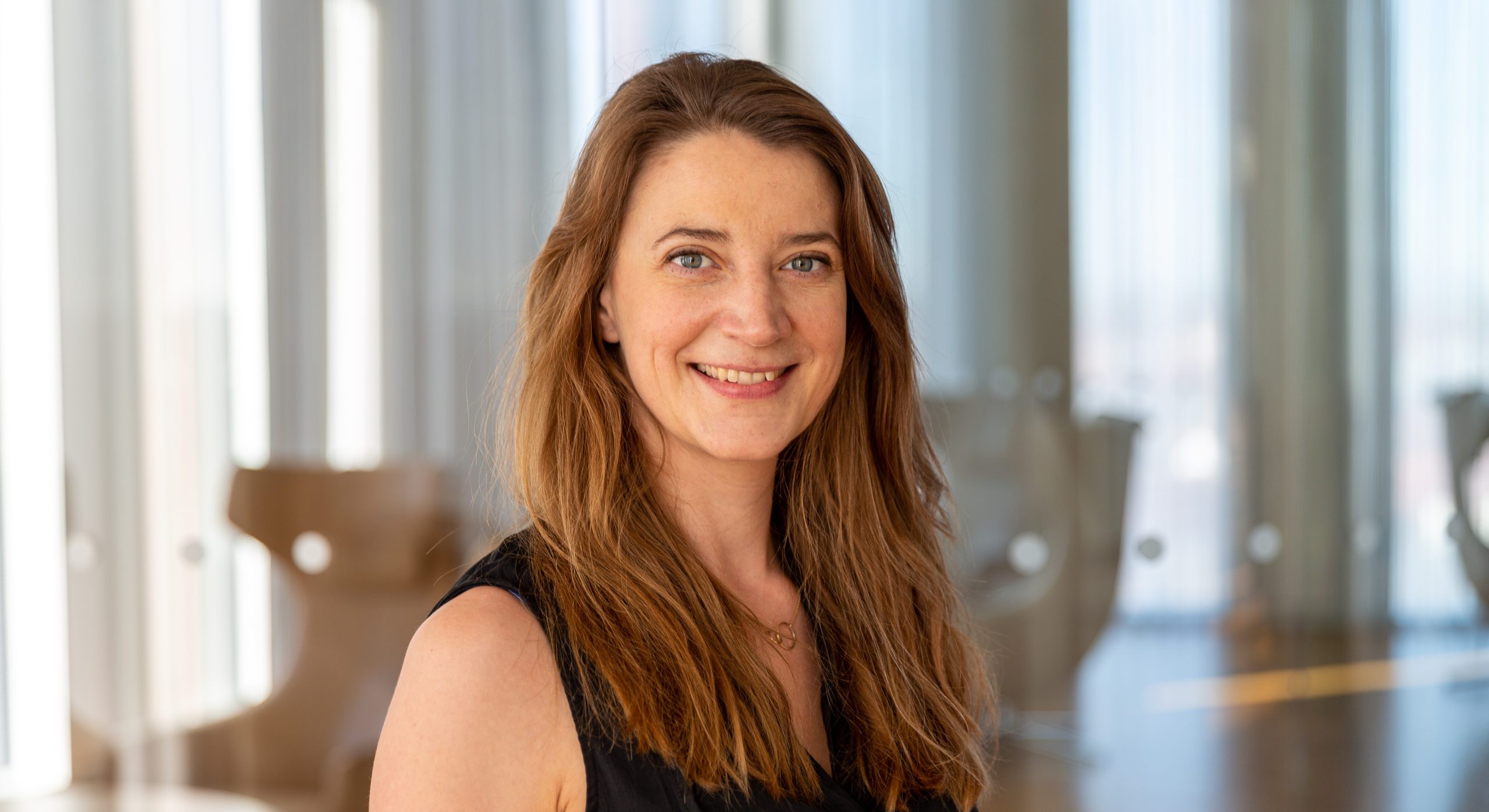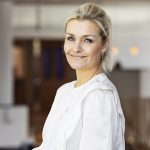Ninna Rossen is the first recipient of the Novo Nordisk Foundation Interdisciplinary Postdoctoral Fellowship Programme to return home after spending 3 years at Stanford Bio-X where she specialised in tissue engineering. Now she is the researcher you call when you need to build a brain, lung, liver, bone or beating heart in a petri dish.
The Novo Nordisk Foundation launched the Visiting Postdoctoral Fellowship Programme in 2015 to strengthen the next generation of researchers in the natural sciences, biomedicine and the life sciences. The Programme offers access to a top international university outside Denmark and thus access to an international academic network and new experiences. The Programme also supports building bridges between universities in Denmark and elsewhere.
The Foundation has now announced that the Programme is being expanded to include three other leading universities in addition to Stanford Bio-X (the interdisciplinary biosciences institute at Stanford University), at which Ninna Rossen spent the first 3 years as a visiting postdoctoral fellow, before returning home and continuing her research at a host university in Denmark.
“Stanford University was one of the main reasons I applied for the Programme. Ever since I was a kid, I have known that Stanford is a place where things happen,” explains Ninna Rossen, adding:
“It was also a big benefit that I was offered a complete package with a pre-defined collaboration with a university in Denmark and one abroad – and that I received the stamp of approval from a well-known scientific institution such as the Novo Nordisk Foundation.”
Cell Lego and cancer research
When Ninna Rossen applied for the Programme, she was about to complete her first postdoctoral fellowship at Columbia University and had begun to use her background as a biophysicist to move into tissue engineering – a skill that can be simplistically described as a cell Lego builder. Instead of coloured plastic blocks, tissue engineers use cells to construct artificial physical tissue and blood vessel networks outside the body, including building artificial organs.
Ninna Rossen had also begun to be interested in how this can be used within cancer research, and since the Fellowship Programme focused on interdisciplinarity as an evaluation criterion, Ninna Rossen’s project was an obvious candidate, since a tissue engineer typically collaborates with a variety of specialists, including oncologists.
Just as Ninna had hoped, interdisciplinarity was at the forefront at Stanford Bio-X, where she was assigned to a laboratory focusing on cancer research and another laboratory focusing on developing new biological materials.
Research that makes a difference
The partnership between the Foundation and Stanford Bio-X was created to give grant recipients the opportunity to improve their skills at universities known for cultivating extraordinarily innovative environments. According to Ninna, the research community at Stanford is highly innovative, which was expressed in several ways:
“Stanford is a unique place, partially because of its scientific rigor and excellence, but also due to its location near Silicon Valley, its incubators and many start-up companies. There is a special energy, and it is contagious. The innovative environment at Stanford also has great mobility. This is perhaps the reason why people are very open to new knowledge and new professional and social relationships. I also experienced that the interaction between research and industry was strong, with a focus on the fact that the research must be useable – and should make a difference,” says Ninna Rossen.
Network, network, network
When Ninna returned to Denmark to complete her fellowship – now with a lot of new experience, skills and professional relationships – the COVID-19 pandemic had become a harsh reality. Nevertheless, she established many new contacts who wanted to hear more about tissue engineering and investigate whether this could be relevant in their department or research group. Ninna also maintained the network she had established before she left Denmark, and this paid off:
“During my entire stay abroad, I emphasised maintaining close connections with my mentor in Denmark and with the researchers with whom I had already collaborated. The strong network in Denmark enabled me to start my own research group at the Department of Biomedical Sciences at the University of Copenhagen. In addition, the Lundbeck Foundation awarded me a grant to build a tissue model of the complex blood–brain barrier, which can improve understanding of how drugs and cells transfer from the blood and into the brain,” says Ninna Rossen.
Today, as an Assistant Professor, Ninna Rossen leads a small team of researchers at the Department of Biomedical Sciences whose career interests overlap with Ninna’s. The group is developing various artificial tissues, focusing on the brain, lung, liver and bones, to which cancer often spreads, with the hope of understanding how cancer metastasises and how this can be stopped. The group also collaborates across sections in the department and assists other research groups that need to use artificial tissue for various projects. The group is currently developing artificial hearts and lungs to be able to test drugs to combat scar tissue formation and a piece of artificial gut that can make the use of mice models redundant in a gut research project.
“Some of what I brought home from Stanford was the joy that my research can be used for something concrete. Before my stay, I had a more exploratory approach, but with the enormous amount of work involved in research, I now find it very motivating and satisfying to witness what outcomes the research will produce,” she concludes.
The Novo Nordisk Foundation will be inviting new applications for the Interdisciplinary Postdoctoral Fellowship Programme on 24 October 2022 based on the criteria below.
Selection criteria
Before applying for a Fellowship Programme grant, applicants must meet the following criteria:
- The applicant will have obtained a PhD within 5 years of the fellowship start date.
- The applicant must have a solid education in the natural sciences, the technical sciences or the life sciences.
- The applicant must have established contact with a Stanford Bio-X affiliated faculty member, who has committed to being the primary research mentor for the duration of the fellowship.
- The applicant must have had significant association to Denmark’s educational system or a research community in Denmark, such as by having a graduated from a university in Denmark, and a clear intention of returning to Denmark after the stay abroad.
- The applicant must confirm that a university in Denmark will host the fellow when they return to Denmark, which also entails employing the fellow during the grant period and administering the grant.

